Nature reports
Page 18 of 37 - 363 Results
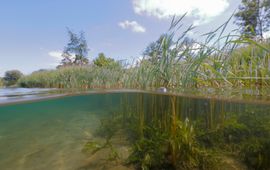
Water is the bloodstream of the biosphere. But we are profoundly changing the water cycle. This is now affecting the health of the entire planet, making it significantly less resilient to shocks. The freshwater change planetary..
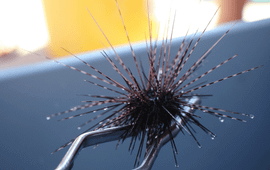
Last week, the Dutch Caribbean Nature Alliance hosted a sea urchin restoration workshop on Saba. This workshop helped 21 coral experts from the Caribbean region and more than 65 online attendants, to obtain a comprehensive view of..
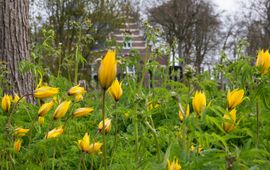
The Netherlands is known for its beautiful and colourful tulips. Though most tulips originate from the Ottoman empire, Tulipa sylvestris, the wild tulip, followed a different path. Anastasia Stefanaki and Tinde van Andel, both..
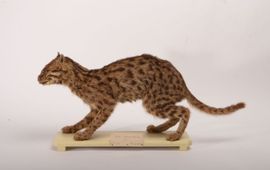
The skull and skin of a fishing cat have been in the collections of Naturalis for two hundred years, but only recently did they receive attention. What researchers found can inform us about the history of Singapore – natural and..
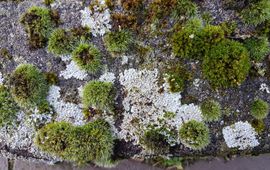
Which 'hidden' organisms live in the city? How can we use these organisms to help trees grow better, make concrete more plant-friendly and measure heat stress? Will city dwellers act more environmentally conscious if they let..
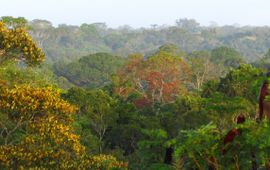
Stem growth of tropical trees is reduced in years when the dry season is warmer and drier than normal. This is the main finding of a global tree ring study published in Nature Geoscience led by Wageningen University & Research. ..
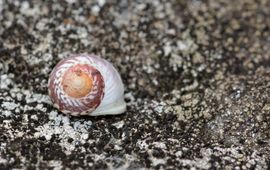
Over the course of three visits in 2015, 2020 and 2021 on Sint Maarten land and freshwater mollusks were surveyed. Snails are important for a healthy soil and are an important food source for many species. Alarmingly, it has..
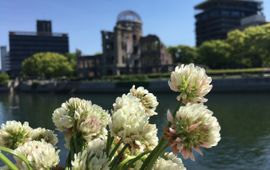
A global biological study has provided the most direct evidence to date that humans, and specifically cities, are the drivers of evolutionary change on earth. Leiden University, the municipality of Leiden and Naturalis..
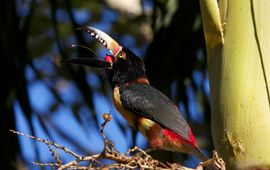
In areas of the globe where fruit-eating birds have wider beaks, palm trees bear larger fruits, a new study shows. This provides new insights into tropical biodiversity and clues for solving species conservation, forest..
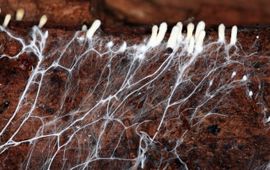
Soil provides a variety of services that are indispensable to life on Earth. The global decline in soil quality is therefore a major concern. One solution may lie in the hands of tiny organisms that can direct ecosystem recovery:..
